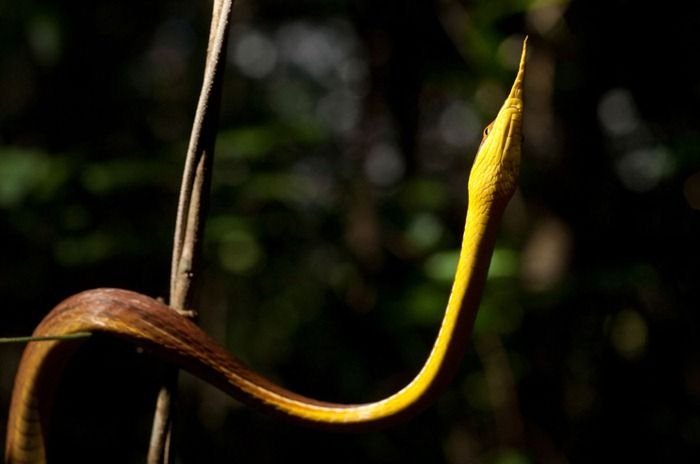|
|
Tsingy De Bemaraha, Melaky Region, Madagascar
|
Like most of Madagascar's dry deciduous forests, the upper canopy is composed of trees which shed their leaves in the winter months (June through September), including at least two species of baobabs endemic to the western part of the island. Trees here have adapted to the warm arid climate by shedding leaves in the dry season to reduce evapotranspiration, and some species such as the baobab store large amounts of water in their bulbous trunks.
There is a very high rate of species endemicity in all the western dry deciduous forests of Madagascar, for both flora and fauna; this rate is thought to be higher than for the eastern rainforests, although the biodiversity, while extremely high, is slightly less than the eastern counterparts. Geologically the tsingy formations have numerous subterranean caverns (used by early tribesmen) and karst formations, which provide underground water storage.
Also Ankarana Reserve is a small vegetated plateau in northern Madagascar with elevations that exceed 1,220 metres (4,000 ft) above sea level. It is composed of 150-million-year-old limestone. With an average annual rainfall of 1,800 metres (5,900 ft) illimeters (70 inches (1,800 mm) ches), the underlying rocks are susceptible to erosion, thereby producing caves and underground streams—a karst topography. The rugged relief and the dense vegetation have helped protect the region from human intrusion.
|
|









